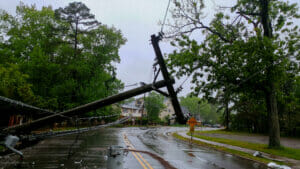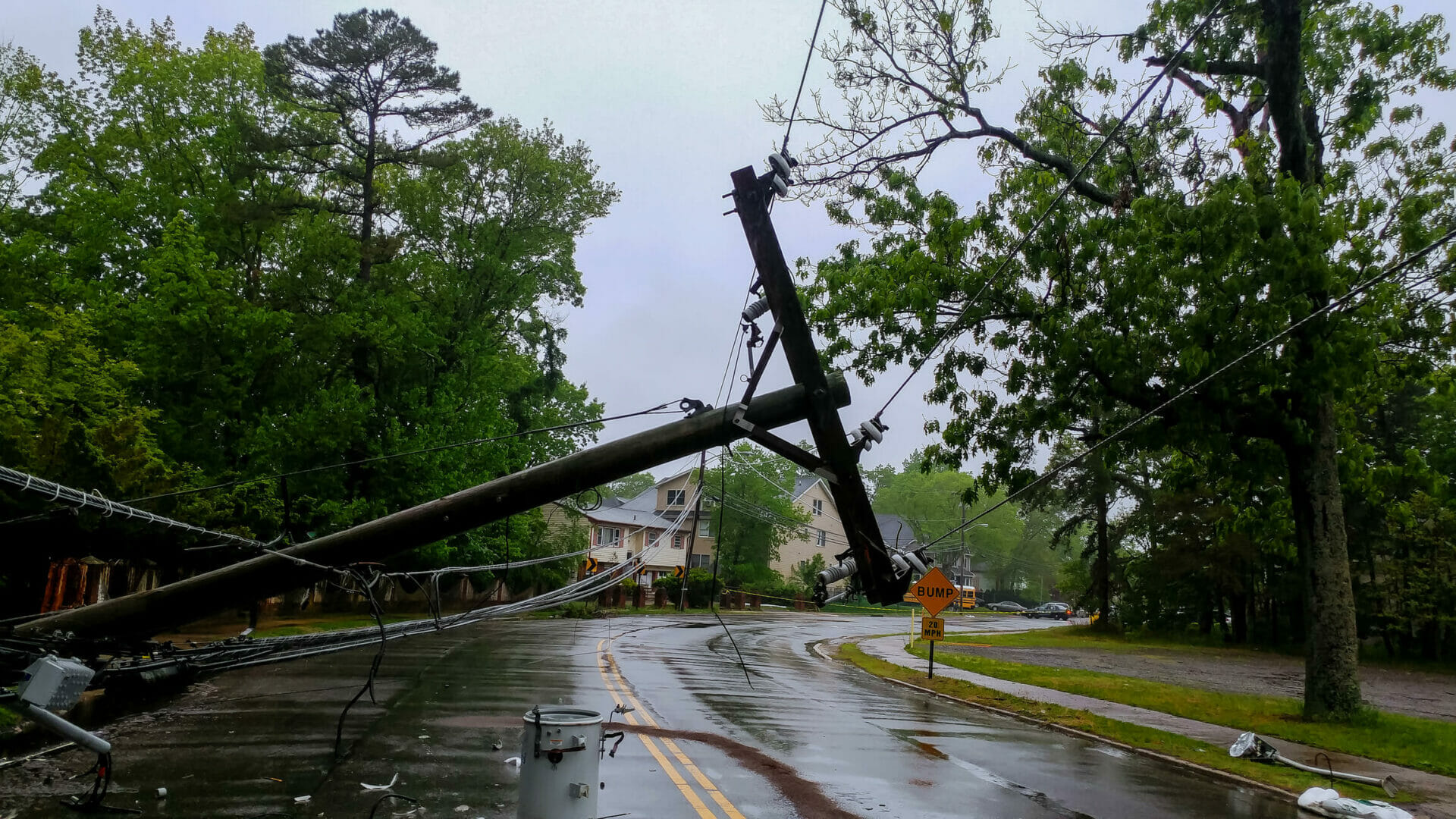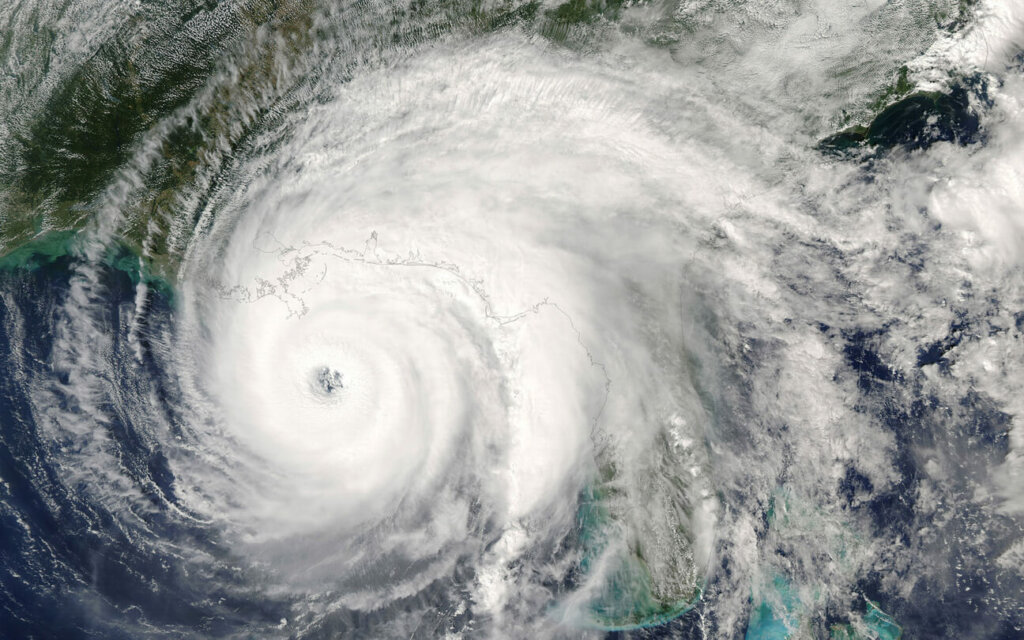
Unlike hurricanes, severe thunderstorms don’t necessarily have a season. While they reach a peak in spring and summer, severe storms can happen in any state at any time. In areas where severe weather is common, such as the Midwest or Southeast, most businesses and authorities have plans. However, COVID-19 presents a unique threat that may require changes or additional considerations to these plans.
Points of consideration may be:
Reviewing Potential Hazards
When someone says “severe weather,” most people immediately think “tornado.” However, severe thunderstorms are associated with many other hazards that need to be considered in order to form an effective plan. High winds can cause structural damage, down trees and power lines, and turn outside objects like lawn chairs into projectiles. Lightning can also down trees and power lines, and the electrical surge from a strike can cause a power outage. Heavy rain can cause flooding and make driving dangerous. Finally, hail is threatening to both people and property.
Re-evaluating Shelter Options
Conveniently, the American Meteorological Society (AMS) has issued a public guide for officials and businesses to use regarding sheltering for tornadoes/severe weather. Places typically used as community shelters, such as schools or mutual parts of a shared office building, are closed. Social distancing and health safety also need to be considered. Do you open up more buildings for shelter to account for social distancing? Do you separate people who feel sick? Will people be afraid to use community shelters because of the virus, and if so, how do you alleviate their worries? Additionally, how do you write your messaging encouraging people to come to shelters when you’ve been telling them to stay home for weeks?
Review Current State, County, and Local Safety Guidelines.
If you are in charge of opening or maintaining community shelters, it’s important to keep up to date on what new pandemic-based guidelines there may be. If you need to open a local community shelter, but your state is under a stay-at-home order, what other alternatives are there? Likewise, if the state allows free movement, but your local rules restrict gatherings, do you open shelters in nearby counties or towns? Are there legal issues to be considered if a shelter is opened against recommendations? Should group gathering restrictions be lifted in an emergency? For families or members of the public, it’s important to know which shelters are open and their guidelines ahead of time. Maybe the shelter you’ve been using for years is now closed – you wouldn’t want to discover that while tornado sirens are going off.
Adjusting Work Schedules
As more states lift restrictions and re-open businesses, employers need to keep an eye on the daily forecast. If severe weather is expected, consider having employees work from home, and minimize the number of staff in the office so they could safely take shelter if need be. Power outages, flooding, and safe travels also need to be kept in mind. What if remote employees lose power, but it’s not safe for them to come to the office or visit a public facility?
Recovery and Resources
Hospitals and frontline workers, like firefighters and paramedics, are already overworked and spread thin. Medical supplies are dangerously low. Will medical personnel have the resources to treat an influx of injuries due to a severe weather event? What if the hospital or medical facility itself is damaged or destroyed in a tornado? For businesses, will those already suffering hardship have the means to recover from another disaster? When a natural disaster occurs, nearby counties or states often aid in providing disaster recovery services. Will they have the finances and resources to do so now? Would bringing in outside assistance cause the virus to spread more?
It’s important to remember that both the pandemic and severe weather are evolving events – a static, “one-and-done” incident management plan won’t be nearly as effective. It’s also important to remember that the public is scared, stressed, and depressed, and another disaster – one that can happen with little warning – can be devastating. Now, more than ever, it’s especially important that families, businesses, and public agencies review their severe weather plans.






